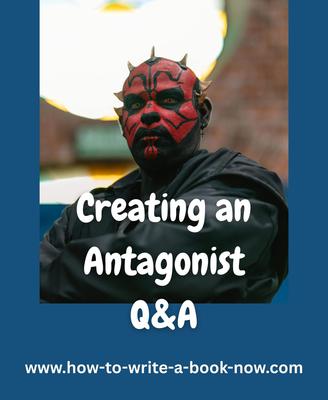lack of plot and motive
by Natasha
(London)
Question: I currently have an idea I want to explore, but that suffers from a lack of plot and motive. The story involves a married couple. The woman believes her husband is plotting to kill her. But the twist is she has severe paranoia and her husband was actually trying to help her.
I'm just so stuck on where to begin with this fragile character and how to make her incorrect account believable to the readers. I also feel like I have an outline but no plot or motives which is very frustrating.
Any advice on where to go next with planning?
Thanks!
Answer: I'm not quite sure how you can have "an outline but no plot," but here are a few thoughts...
The classic way to approach this type of story is to tell it entirely from the woman's point of view. Paranoid people can seem perfectly logical from their perspective, especially if the paranoia is mild in the beginning. By not presenting the husband's point of view, the reader has no way to assess whether or not her interpretation of events is accurate.
As for the story goal, it is probably along the line of Understanding. Give your main character a mystery to solve so she has to gather evidence and take steps to discover what's going on - what her husband's actions mean and whether her suspicions are justified. You want to construct a chain of events that will lead her to a crisis in which she is convinced her life is in danger and that she must take drastic measures.
The key to the story
Incidentally, you may need another twist, since this type of psychological suspense story has actually been done a few times.
(An example is Alfred Hitchcock's classic film, Suspicion, based on the novel Before the Fact. In the film, the husband turns out to be innocent, but in the book he is guilty.)
In fact, paranoia became such a recognizable plot device that many variations have been done in which the twist is that the paranoia turns out to be justified (i.e. the woman seems paranoid, but it turns out the husband really is trying to kill her).
You could also introduce a third character who is really out to get her, but for some reason she misinterprets and focuses her suspicion on the husband who is actually on her side.
On the other hand, there's nothing wrong with the way you have conceived the story. There are very few wholly original story ideas. Originality most often comes from the characterization and the style of telling, which is where you should focus your energies.
You also have to consider how you want to play with the reader's suspicions. In other words, should the events seem suspicious to the reader long before the character grows suspicious? (In which case, the main character may seem naive.) Or do you want the reader to think this woman is jumping to false conclusions from the start?
At any rate, the trick is to conceal the real motivations behind certain events so that the reader and the character will fill the blanks with false theories.
- Home
- Plot Questions
- lack of plot and motive















